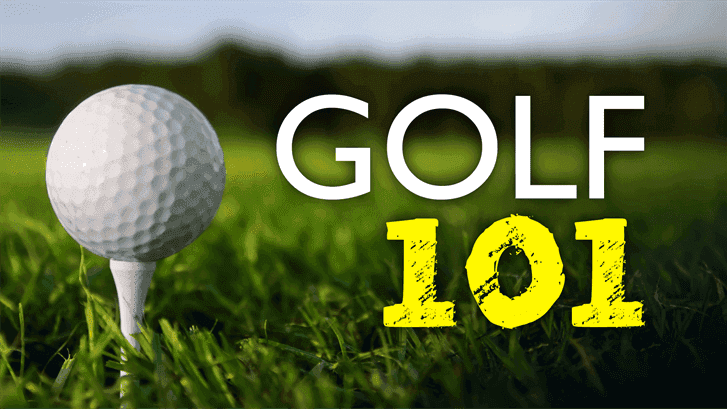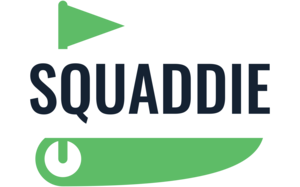How to Golf For Beginners
If you're a beginner golfer, it can be pretty intimidating to head out onto the course for the first time and learning how to golf. To make your experience less daunting, it's essential to familiarize yourself with some common golf terms before you begin.
First and foremost, you need to know about your set of golf clubs and which ones to use based on where your ball is situated on the course. The driver is typically the largest club in your bag and is used for your first shot on the hole, and it allows for the most powerful swing and is only used once per hole. As a beginner, you'll likely commonly use irons for mid-range shots after your drive and before any short-game play is necessary. When selecting an iron, the numbers on the bottom side of the club indicate the shot's distance. The higher the number, the shorter the distance, and vice versa for your lower-numbered irons. Most bags of clubs range from four to nine irons. The further you are from the hole, the lower the number iron you want to use, while the closer you are to the pin, the higher the number iron desired. As you become more experienced, you can start to use other clubs like hybrids and woods, but as a beginner, using irons is crucial to improving your game as they are typically used more; thus, there is no need to worry about using other mid-range clubs such as the hybrid or wood.
Your short-game equipment consists of your wedges and putter. If you are in a position close to the hole but not yet on the green, use your wedge to delicately hit the ball onto the green. Once you're on the green, use your putter, the flat-faced head club to finish off the hole.
Knowing the layout of the course and specific areas is also important. The tee box is the starting point of each hole where you put your tee in the ground and hit your first shot. The fairway is the better-kept area straight ahead. If your ball lands on either side in the higher thick grass, this is known as the rough. Following along the hole, the green is where you putt, but there may be obstacles nearby, such as sand bunkers or the fringe, which is the slightly higher grass outlining the perimeter of the green. Some holes may have hazards, such as ponds or small creeks, that are also worth noting.
Finally, understanding the scoring system of golf is imperative. Each hole has a number associated with it: three, four, or five, which can be seen either on the scorecard or the sign next to the tee box. This number is the expected amount of strokes for the hole, known as the par. If you hit one less stroke than the par, you have achieved a birdie. If you hit one over, you got a bogey. Two over is a double bogey, and so on. As a beginner, it's important to know these basic terms to make your experience on the course more enjoyable. Of course, there is always more to learn as you advance, but this is a great starting point for anyone new to the sport.
Below are some more resources to get started on your golf journey:
https://www.pga.com/story/golf-dictionary-glossary-and-golf-terms


